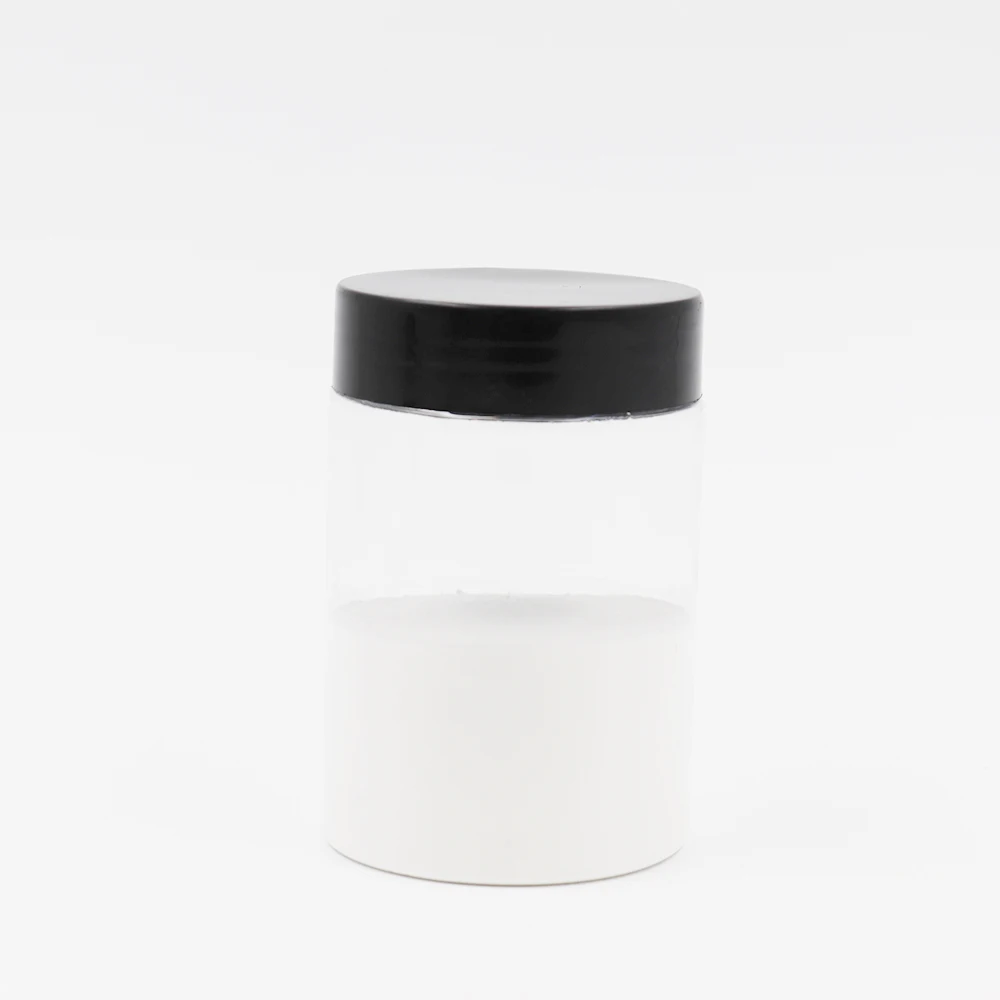
Study on the interaction mechanism between polycarboxylic acid and naphthalene-based water reducing agent
2024-05-15 10:06Polycarboxylate water-reducing agents has the properties of high water reduction and high slump retention, and can impart high strength and durability to concrete. It has shown outstanding advantages in high-quality projects such as national large-scale water conservancy, nuclear power, and bridges. Compared with naphthalene-based water-reducing agents, polycarboxylate water-reducing agents are sensitive to the mud content of sand and gravel aggregates [1-3] and are expensive. Therefore, in laboratories and engineering construction, attempts have been made to mix polycarboxylate water-reducing agents and naphthalene-based water-reducing agents to take advantage of their respective advantages.
Polycarboxylate polymer powder and naphthalene superplasticizer molecules can exist stably in the cement slurry solution without decomposing, and there are no potential conditions for chemical reactions to occur. However, in practical applications, the mixed solution of polycarboxylic acid and naphthalene-based water reducing agent does not have a synergistic effect of 1+1>2, but shows an inhibitory effect of 1+1<2. It can be speculated that these two types of water-reducing agent molecules interact directly or indirectly. In view of the above analysis, the polycarboxylate water-reducing agent molecules are flexible segments with large molecular weights, and the naphthalene-based water-reducing agents are rigid segments with small molecular weights. The generation of CH-π bonds causes naphthalene-based water-reducing agent molecules to be adsorbed onto polycarboxylic acid water-reducing agent molecules, thereby causing changes in the conformation of the polycarboxylic acid molecule. The most intuitive thing is to change the viscosity of the polycarboxylic acid water-reducing agent aqueous solution.
polycarboxylate superplasticizers is polymerized by unsaturated carboxylic acid and methoxypolyethylene glycol macromonomer containing double bonds. Naphthalene-based water-reducing agent is formed by condensation polymerization of naphthalene and formaldehyde after sulfonation. Two types of water-reducing agents are available. The molecular structure of the agent is shown in Figure 4. Most of the molecular chain segments of polycarboxylate superplasticizer are composed of C-C bonds and C-O bonds that can freely rotate around chemical bonds. The bond angle of the C-C bond is 109.5° (the C-C bond in the side chain of the polycarboxylate superplasticizer is affected by the sp3 hybrid orbital in which oxygen atoms participate, and the bond angle is reduced to 104°). The six carbon atoms on the benzene ring in the naphthalene series water-reducing agent molecule all have six unhybridized 2p orbitals, and their electron clouds can overlap to form a closed delocalized large π bond, which cannot be surrounded by all carbon atoms. It rotates.
The viscosity, surface tension, and slurry flow properties of the mixed solution of polycarboxylic acid and naphthalene-based superplasticizer are different from the results of superposition of the absolute values of the single components. The intertwining of flexible comb-shaped polycarboxylic acid molecules and rigid linear naphthalene molecules leads to the mutual inhibition of their interactions to a certain extent. In this article, polycarboxylate water-reducing agents and naphthalene-based water-reducing agents were prepared in different proportions into a series of aqueous solutions with a mass fraction of 10%. The viscosity and surface tension of the mixed solutions were measured as a function of the proportion of water-reducing agents, and the following conclusions were drawn. :
(1) The viscosity of the mixed solution of naphthalene series and polycarboxylate superplasticizer is higher than the theoretical viscosity value. When the solute mass fraction of naphthalene-based water-reducing agent is 9% and the solute mass fraction of polycarboxylate water-reducing agent is 91%, the viscosity value of the mixed solution reaches the maximum, that is, the interaction between the two molecules is the strongest.
(2) The naphthalene-based water-reducing agent increases the surface tension of the polycarboxylate water-reducing agent solution. On the contrary, the polycarboxylic acid reduces the surface tension of the naphthalene-based water-reducing agent solution. This may be due to the mutual entanglement and coating of the two. The conformation of the molecule changes.
(3) The low proportion of naphthalene-based water reducing agent has no significant effect on the initial dispersion performance of the polycarboxylic acid water reducing agent. When it is higher than 7%, the dispersion retention ability of the polycarboxylic acid water reducing agent is significantly reduced; a low proportion of polycarboxylic acid water reducing agent The agent reduces the initial dispersion effect of naphthalene series water reducing agent

